https://makezine.com/projects/make-3...ck-tesla-coil/
The above article, Build Your Six-Pack Tesla Coil, has the next site refrenced because it has a JavaScript program called JavaTC for Telsa Coil makers.
Resources – ClassicTesla
Java Program
JAVATC
Repository
Repository – ClassicTesla
The above article, Build Your Six-Pack Tesla Coil, has the next site refrenced because it has a JavaScript program called JavaTC for Telsa Coil makers.
Resources – ClassicTesla
Java Program
JAVATC
Repository
Repository – ClassicTesla

 just kidding also...
just kidding also...
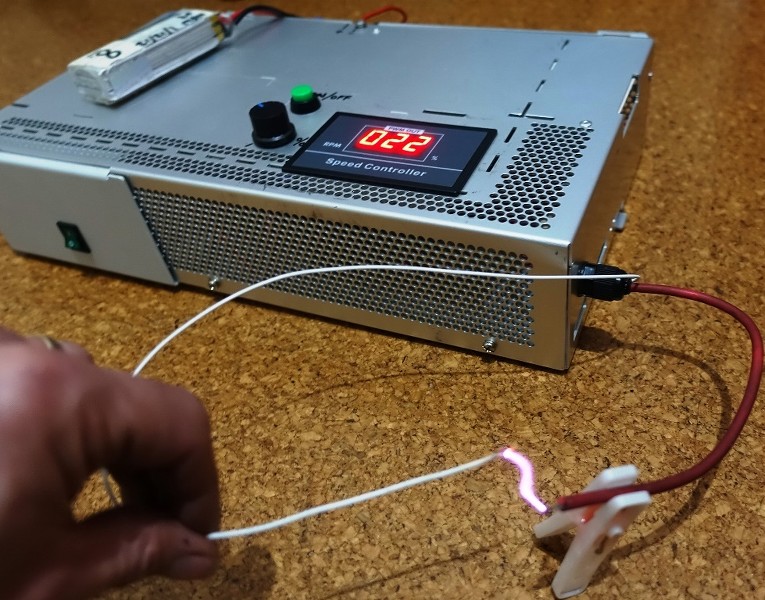
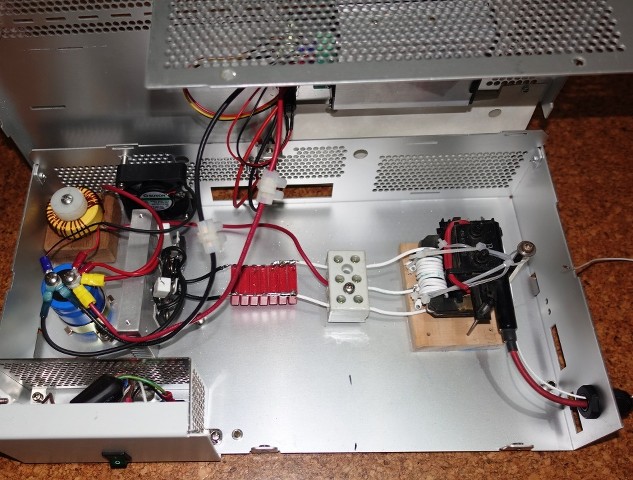
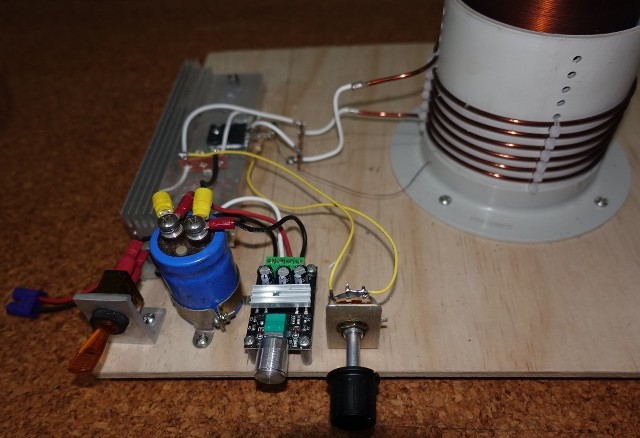
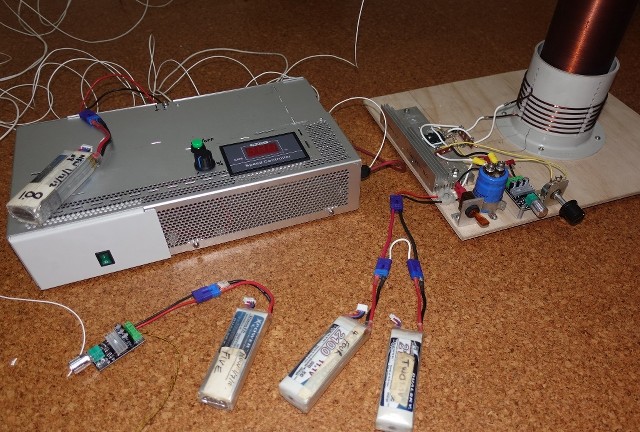
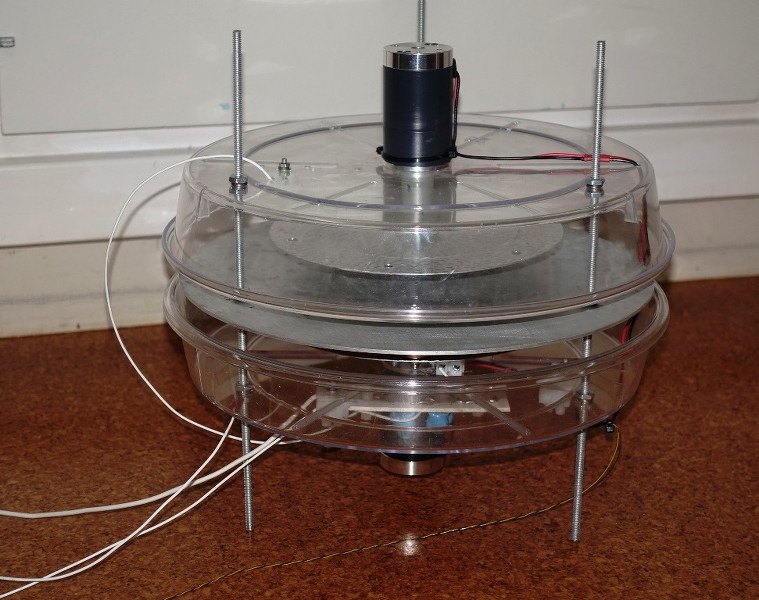
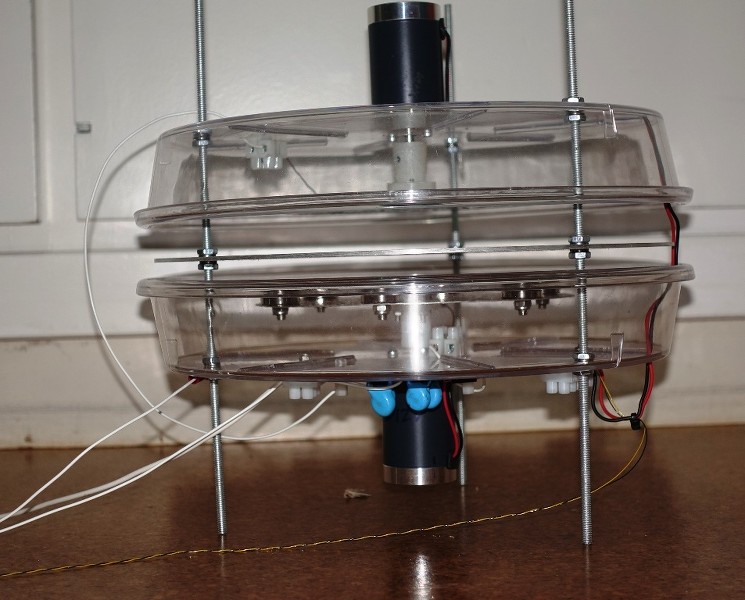
Comment